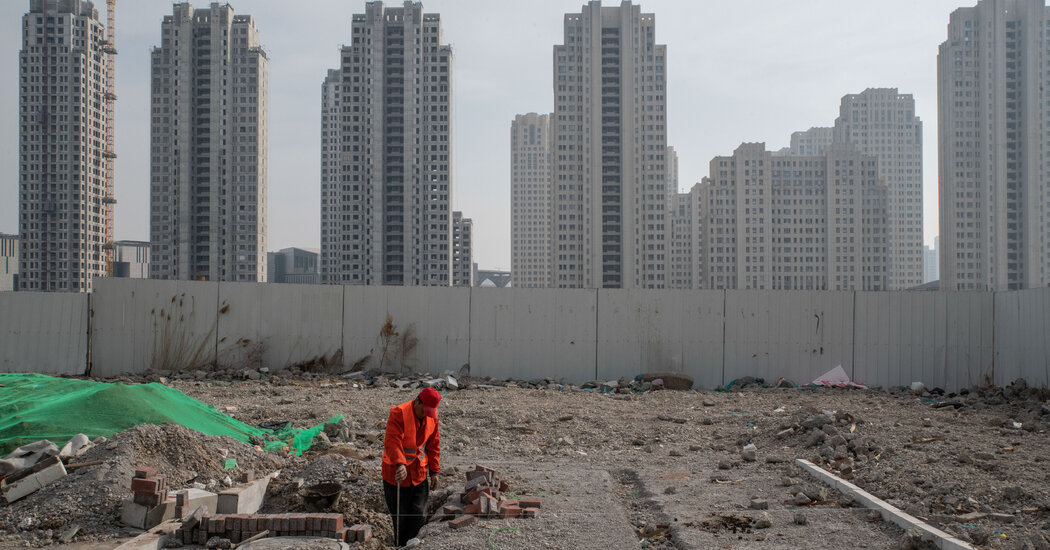Chinese cities are sinking as they develop.
According to a new study published in the journal Science, an estimated 16% of China’s major cities are losing more than 10 millimeters of elevation per year, and nearly half are losing more than 3 millimeters per year.
These amounts may seem small, but they add up quickly. Research shows that a quarter of China’s urban coastal land could be below sea level in 100 years due to a combination of subsidence and sea level rise.
Robert Nicholls, a climate scientist and civil engineer at the University of East Anglia who reviewed the paper, said this was a national problem. Dr Nicholls added that to his knowledge the study was the first to use state-of-the-art radar data from satellites to measure subsidence in many urban areas simultaneously.
The study found that the subsidence in these cities was caused in part by the weight of buildings and infrastructure. Pumping water from urban aquifers also plays a role, as does oil drilling and coal mining, all of which leave empty spaces underground where soil and rock can compact or collapse.
Beijing is one of the fastest sinking places in the country. The same is true in nearby Tianjin, where thousands of residents were evacuated from high-rise apartment buildings last year as the streets outside suddenly split. Within these cities, subsidence is uneven. When adjacent land settles at different rates, anything built on that land is at risk of damage.
Other countries, including the United States, have similar problems.
Manoochehr Shirzaei, a geophysicist at Virginia Tech, says land subsidence is a neglected problem that occurs almost everywhere. Dr. Shirzaei also reviewed new research on Chinese cities by Zurui Ao of South China Normal University, Xiaomei Hu and Shengli Tao of Peking University, and their colleagues.
‘I think most of our existing adaptation strategies and resilience plans for climate change are inaccurate simply because they don’t include land subsidence,’ he said. There haven’t been studies like the ones that have been done on sea level rise.
The new study, based on satellite radar measurements, measured the extent to which the surface rose or fell between 2015 and 2022 in 82 major cities, accounting for three-quarters of China’s urban population. Data were compared, such as the weight of buildings in these cities and changes in groundwater levels beneath the buildings.
Researchers are also combining subsidence measurements with sea-level rise projections to determine which cities may eventually fall below sea level. One caveat to these findings is that they assume subsidence rates will remain constant for the next 100 years, but these rates may change with human activity.
Currently, about 6% of the land in China’s coastal cities has a relative altitude below sea level. The study found that this proportion could rise to 26% if global mean sea levels rise by 0.87 meters, or just under 3 feet, by 2120 (the higher of two common scenarios considered by the researchers).
Being below sea level doesn’t mean a city is doomed. Much of the Netherlands is below sea level and sinking, but the country has engineered extensively to prevent flooding in some places and contain it in others.
The key to minimizing damage is to limit groundwater extraction, the researchers wrote. Shanghai has already adopted this approach and is sinking more slowly than other Chinese cities. In Japan, groundwater management over the years has proven successful in stabilizing subsidence in Tokyo and Osaka.
Some places even fight subsidence by injecting water into depleted aquifers through a process called managed recharge.
Dr Nicholls said it would be difficult to completely stop subsidence. You have to live with the rest. He said this mainly refers to adapting to sea level rise in coastal areas; not only sea level rise due to climate change, but also the impact of land sinking.
#Chinese #cities #sinking #sea #level #study #finds
Image Source : www.nytimes.com
